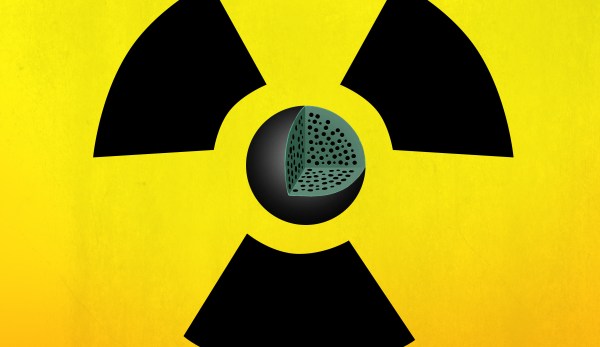Today’s pressurized water reactors (PWRs) are marvels of nuclear fission technology that enable gigawatt-scale power stations in a very compact space. Though they are extremely safe, with only the TMI-2 accident releasing a negligible amount of radioactive isotopes into the environment per the NRC, the company Deep Fission reckons that they can make PWRs even safer by stuffing them into a 1 mile (1.6 km) deep borehole.
Their proposed DB-PWR design is currently in pre-application review at the NRC where their whitepaper and 2025-era regulatory engagement plan can be found as well. It appears that this year they renamed the reactor to Deep Fission Borehole Reactor 1 (DFBR-1). In each 30″ (76.2 cm) borehole a single 45 MWt DFBR-1 microreactor will be installed, with most of the primary loop contained within the reactor module.
As for the rationale for all of this, at the suggested depth the pressure would be equivalent to that inside the PWR, with in addition a column of water between it and the surface, which is claimed to provide a lot of safety and also negates the need for a concrete containment structure and similar PWR safety features. Of course, with the steam generator located at the bottom of the borehole, said steam has to be brought up all the way to the surface to generate a projected 15 MWe via the steam turbine, and there are also sampling tubes travelling all the way down to the primary loop in addition to ropes to haul the thing back up for replacing the standard LEU PWR fuel rods.
Whether this level of outside-the-box-thinking is a genius or absolutely daft idea remains to be seen, with it so far making inroads in the DoE’s advanced reactor program. The company targets having its first reactor online by 2026. Among its competition are projects like TerraPower’s Natrium which are already under construction and offer much more power per reactor, along with Natrium in particular also providing built-in grid-level storage.
One thing is definitely for certain, and that is that the commercial power sector in the US has stopped being mind-numbingly boring.













